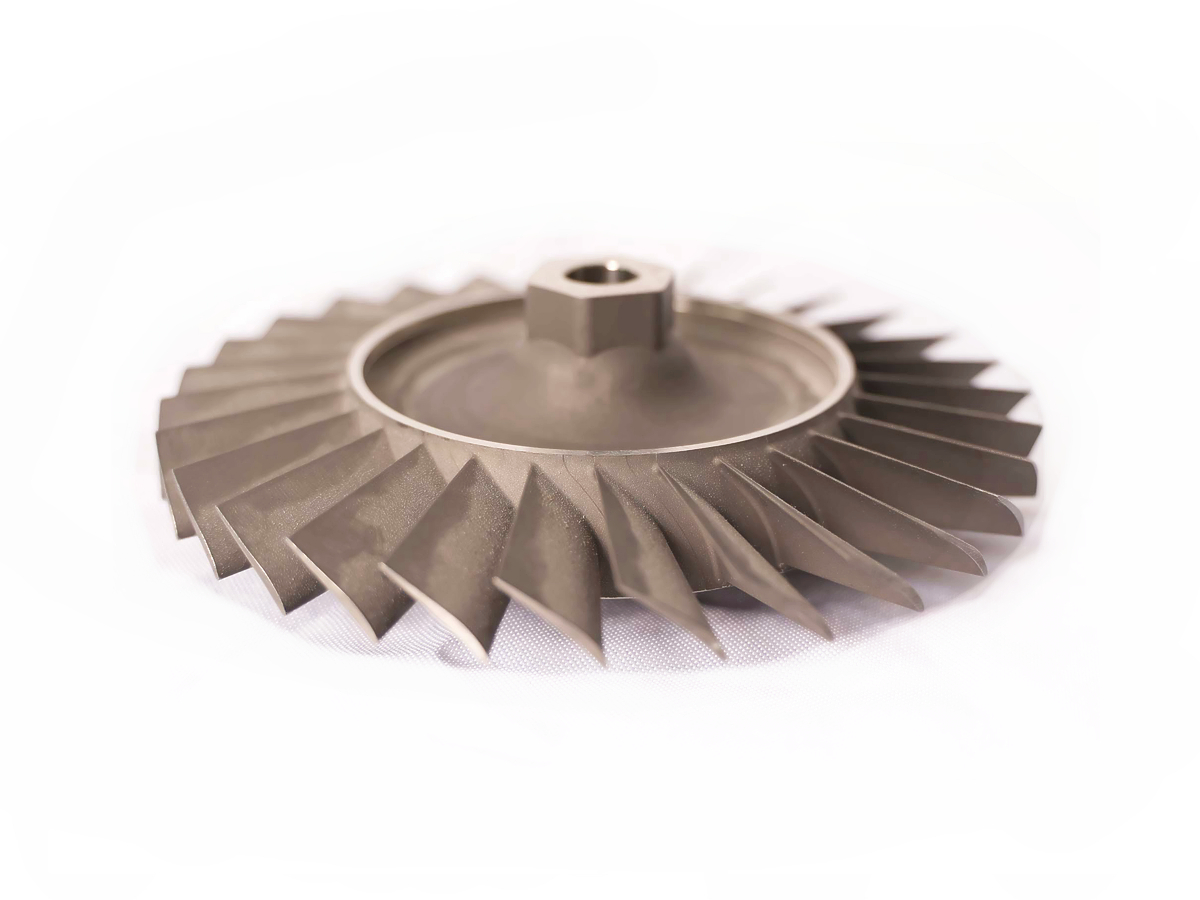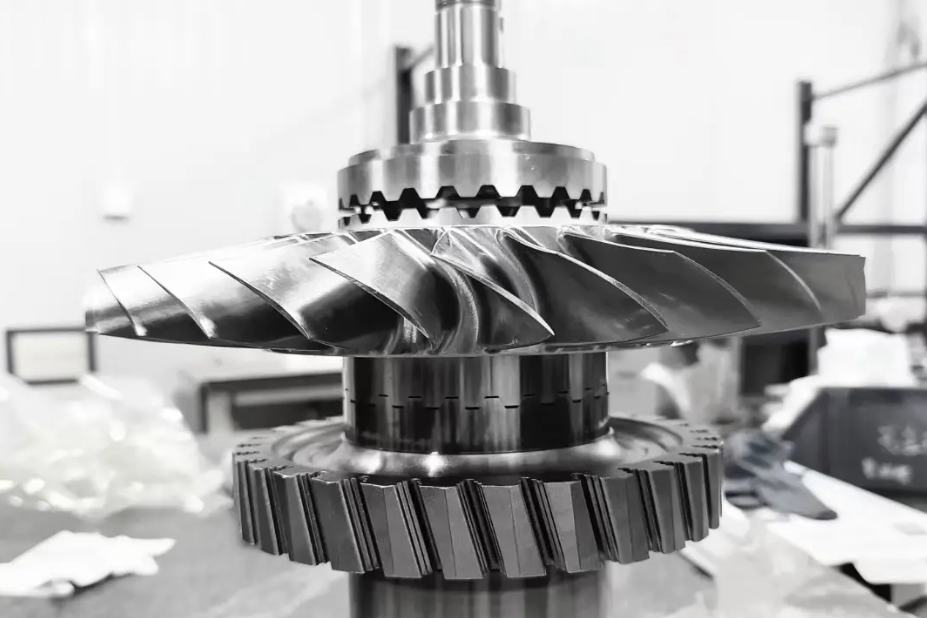Can damaged TBCs be removed and reapplied without harming the base part?
From a maintenance, repair, and overhaul (MRO) engineering perspective, the removal and reapplication of Thermal Barrier Coatings (TBCs) is a standard, well-established practice that is essential for the economic life extension of high-value turbine components. When performed with controlled, validated processes, this can be accomplished without harming the underlying superalloy base part, restoring the component to a like-new or service-worthy condition.
TBC Removal Processes and Damage Control
The key to successful removal is selecting a method that aggressively strips the ceramic and bond coats without attacking or altering the microstructure of the substrate.
1. Chemical Stripping
This is the most common and preferred method for removing the ceramic YSZ top coat and the metallic bond coat.
Process: Components are immersed in heated, agitated chemical baths (e.g., hot alkaline solutions or specific acids). These solutions are formulated to dissolve the TBC system while having a negligible etching effect on nickel- or cobalt-based superalloys.
Damage Control: The process is highly controlled. The chemistry, temperature, and immersion time are strictly regulated to prevent intergranular attack, pitting, or hydrogen embrittlement of the base material. Post-strip inspections, including fluorescent penetrant inspection (FPI), are mandatory to verify the integrity of the substrate.
2. Mechanical Stripping
Used selectively, often following chemical stripping to remove tenacious residues.
Process: Techniques include grit blasting with soft media (like crushed walnut shells or plastic beads) or high-pressure water jetting.
Damage Control: Avoidance of hard media (like alumina) is critical, as it can plastically deform the surface, induce residual stresses, or create micro-notches that become future crack initiation sites. The goal is to abrade the coating without peening or cutting the substrate.
Critical Post-Strip Inspection and Assessment
After coating removal, the part is not automatically ready for recoating. It undergoes a rigorous inspection to determine if the base part is still viable.
Dimensional Inspection: The part is measured to ensure it still conforms to engineering drawings and that the stripping process has not caused significant dimensional loss.
Surface and Subsurface Inspection:
Visual and FPI: To detect any surface cracks, pitting, or corrosion that may have been hidden by the coating.
Metallographic Analysis: Cross-sections may be taken from sample or sacrificial areas to check for subsurface microstructural damage, such as recrystallization or grain growth from previous service.
Assessment for Refurbishment: If damage is found, the part may require additional refurbishment steps before recoating, such as:
Welding Repair: To build up worn or damaged areas.
Heat Treatment: To restore the substrate's mechanical properties, crucial for components made from alloys like Inconel 718.
Re-machining: To restore critical dimensions and surface finishes via CNC machining.
Reapplication and Quality Assurance
Once the base part is certified as sound, the recoating process begins anew, following the same rigorous surface preparation and coating application standards as a new part.
Surface Re-preparation: The stripped part undergoes a full surface preparation cycle—degreasing, grit blasting, and chemical cleaning—to ensure perfect adhesion for the new bond coat.
Renewed Coating Application: A new bond coat and YSZ top coat are applied under controlled conditions, often by providers with NADCAP accreditation, ensuring the process meets the highest aerospace quality standards.
Final Validation: The newly coated component undergoes final inspection for coating thickness, adhesion, and absence of defects before being cleared for service.
Engineering Considerations and Limitations
Number of Cycles: While components can undergo multiple strip/coat cycles, there is a practical limit. Each thermal cycle in service and each refurbishment step consumes the base metal's "life,” and eventually, the part may no longer meet the original material property specifications.
Economic Viability: The decision to refurbish is an economic one, balancing the cost of stripping, inspection, potential repair, and recoating against the price of a new replacement part.
Performance of Recoated Parts: A properly refurbished part with a new TBC system is considered fully qualified for service. The performance and lifespan of the new coating are expected to be equivalent to the original, provided the underlying substrate is sound.



